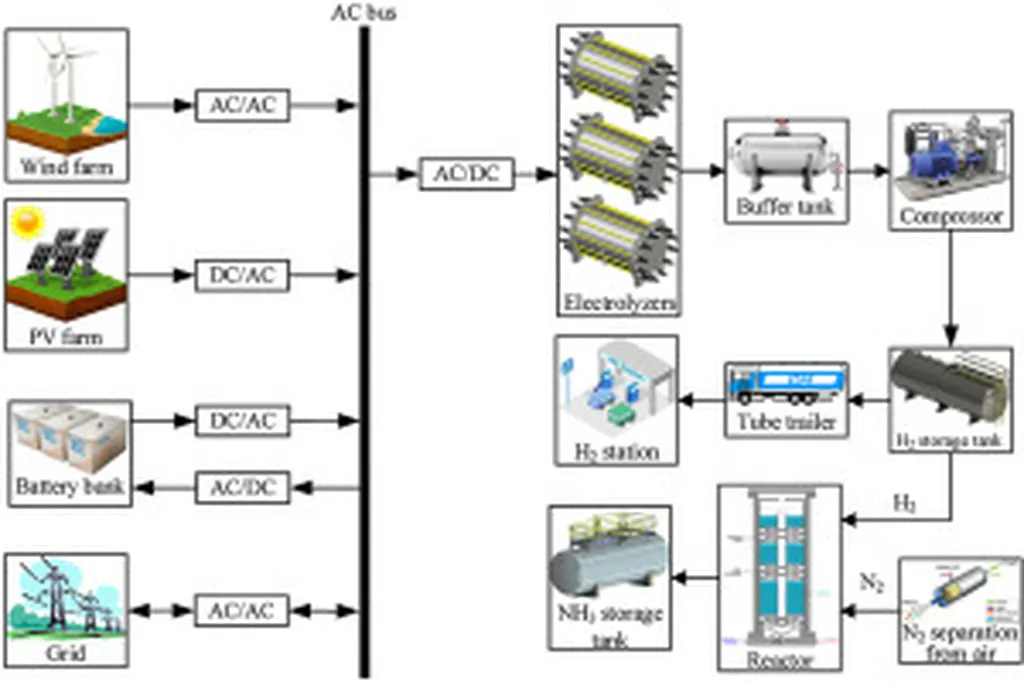In a significant stride towards optimizing renewable energy systems, researchers have combined Waste-to-Energy (WTE) and Photovoltaic (PV) technologies to produce hydrogen through water electrolysis, with promising economic implications for the energy sector. The study, led by Mohammad Hossein Gholizadeh from the University of Tehran’s School of Energy Engineering and Sustainable Resources, was recently published in the journal *Fuel Communications* (formerly known as Fuel Processing Technology).
The research focuses on the optimization of a hybrid renewable energy system, exploring both on-grid and off-grid operation modes. By integrating a 3 MW WTE plant with a PV array ranging from 0.5 to 3 MW, the team employed various optimization algorithms—Particle Swarm Optimization (PSO), Genetic Algorithm (GA), Simulated Annealing (SA), Gradient Descent, and Newton’s Method—to minimize the Levelized Cost of Hydrogen (LCOH) while ensuring energy reliability.
The findings reveal a stark contrast between on-grid and off-grid scenarios. In the on-grid setting, the minimum LCOH achieved was approximately -$399.215 per kilogram, thanks to the cost-effectiveness facilitated by grid exportation and importation. “This negative value indicates that the system not only covers its costs but also generates revenue,” Gholizadeh explained. In contrast, the off-grid scenario presented higher LCOH values, with the minimum at $34.81 per kilogram and the maximum at $42.85 per kilogram, obtained from Gradient Descent. The challenges in the off-grid setup were primarily related to meeting energy demand and managing curtailment rates.
The research underscores the economic advantages of on-grid systems and highlights the need for additional measures, such as energy storage, to enhance the performance and reliability of off-grid setups. “The integration of energy storage solutions could significantly improve the viability of off-grid hydrogen production,” Gholizadeh noted.
This study holds substantial commercial implications for the energy sector, particularly in the realm of renewable hydrogen production. By optimizing the economic and technical aspects of hybrid renewable energy systems, the research paves the way for more cost-effective and reliable hydrogen production methods. The findings could influence future developments in microgrid hydrogen production and waste-to-energy plants, contributing to a more sustainable and efficient energy landscape.
As the energy sector continues to evolve, the insights from this research could shape the adoption of hybrid renewable energy systems, driving innovation and economic growth in the renewable hydrogen market. The study’s emphasis on optimization and reliability sets a strong foundation for future advancements in the field.

